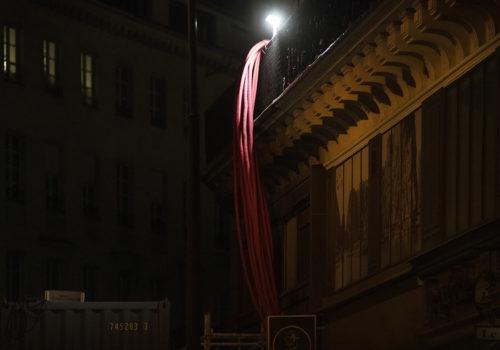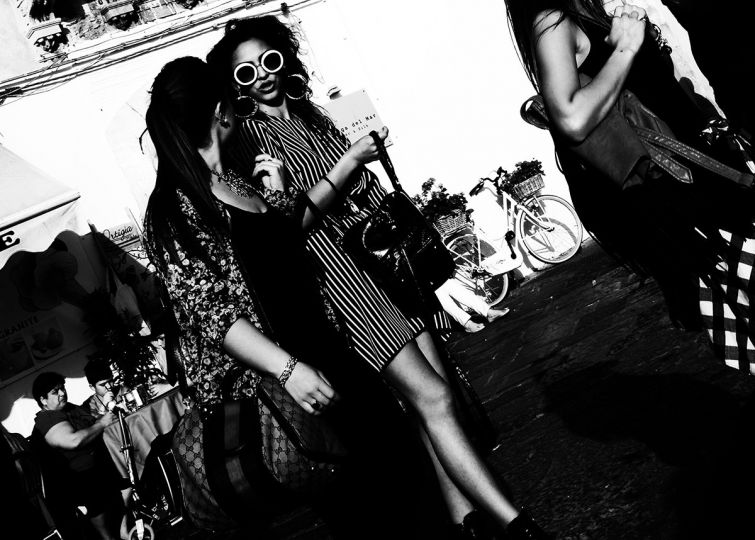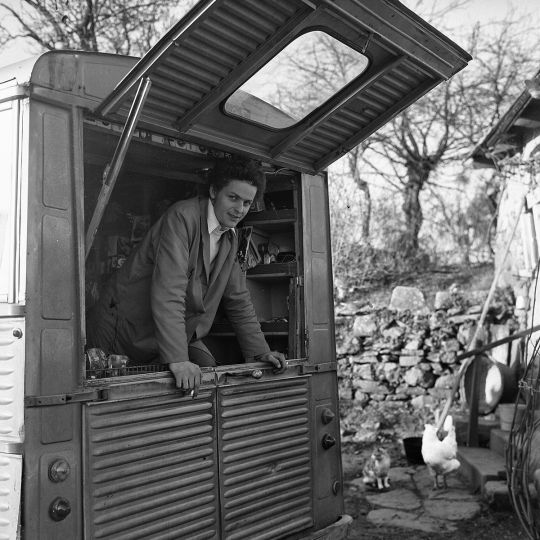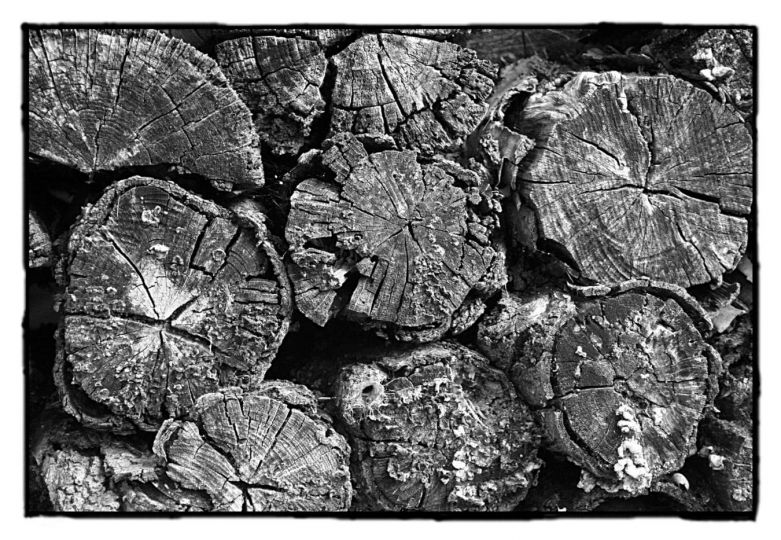Paris Under Attack
In his book Station Metropolis, direction Coruscant, geographer Alain Musset maps the cities of science fiction. He points out that the aim of science fiction is not to describe an ideal future society, but to show or denounce the fantasies and anxieties, aspirations and dreams of an era. While some people think that Los Angeles today resembles Ridley Scott’s iconic film Blade Runner (set in 2019) and that flagship city of science fiction brings together all the elements of the genre developed over the last fifty years in paradigmatic and antagonistic fashion (sprawling expanse or concentrated verticality, overpopulation, crime, pollution, “technologisation” of urban public space, etc.), but what about Paris? At this particular time of globalisation, urban densification and gentrification at the heart of major metropolises, how does Paris relate to the aesthetics of science fiction and, more specifically, dystopia?
Paris under attack, a somewhat ironic title, is a tribute to comic books and B movies. It’s a photographic project that explores the French capital in search of objects, atmospheres, light sources and architectural elements that are reminiscent of science fiction, in the same way as the real-life settings used by Chris Marker in La jetée and Jean-Luc Godard in Alphaville. This exploration of Paris evokes both hyper-contemporaneity and dystopia. The photographic series is therefore documentary without really being so. Docu-fiction? Post-documentary? Post-photography? All of these in the sense that these images, taken in Paris, refer to the real, while at the same time attempting to debunk the banality of Paris. The Paris that was, the Paris that is.
Beyond its pseudo-scientific speculations about the future, science fiction is also about the present. And that’s what makes it so interesting. Behind science fiction is undoubtedly as much a vision of the present as a premonition of the future. A future whose image changes to such an extent that it is not the distinction between present and future that matters, but the distinction between two images of the future, a utopian future and a dystopian future. The utopian future has become counter-utopian, the end of the progressive dream: the relative end of the hope of transforming things through revolution. Science fiction can therefore shed light on our view of today’s world: globalisation, contemporary consumerism, industrialisation, not to mention their political, social, environmental and cultural effects. The aesthetics of science fiction are intimately linked to today’s degraded production system, which is undergoing radical change under the impetus of GAFAM (Google, Apple, Facebook (Meta), Amazon, Microsoft) and artificial intelligence. It’s no coincidence that science fiction developed in the 19th century, at the time of the Anglo-Saxon industrial revolution, and that today its favourite land is North America, and California in particular.
This photographic series explores Paris and the surrounding area, seeking to evoke that other world, the world of science fiction, which at the same time is so close to us. My artistic approach is essentially photographic and occasionally editorial. It also borrows from street art, performance, appropriationism and installation. My creative process usually follows a serial logic, in contrast to the chaotic imagery of the mainstream media and social networks. My artistic approach could be the anticipation of a transformation of a modernist utopia into a hyper-contemporary nightmare.
The Paris Under Attack project follows the same serial logic and its homogeneity is developed on a common basis from one image to the next in order to respect the coherence of the photographic intention, particularly with regard to the times chosen to take the shots. In order to take full advantage of the colour of certain installations, I chose the night to produce strong contrasts between the nocturnal darkness, the public lighting and the architecture. This choice of night, a central element in the world of science fiction, accentuates the impression of strangeness and apprehension.
Homogeneous without being repetitive, the series nevertheless shows the variety of elements that evoke science fiction in Paris. The different types of framing determined by architectural details, objects and colours play an essential role in recapturing the dynamics of science fiction books, comics and films.
Éric Alcyon
















